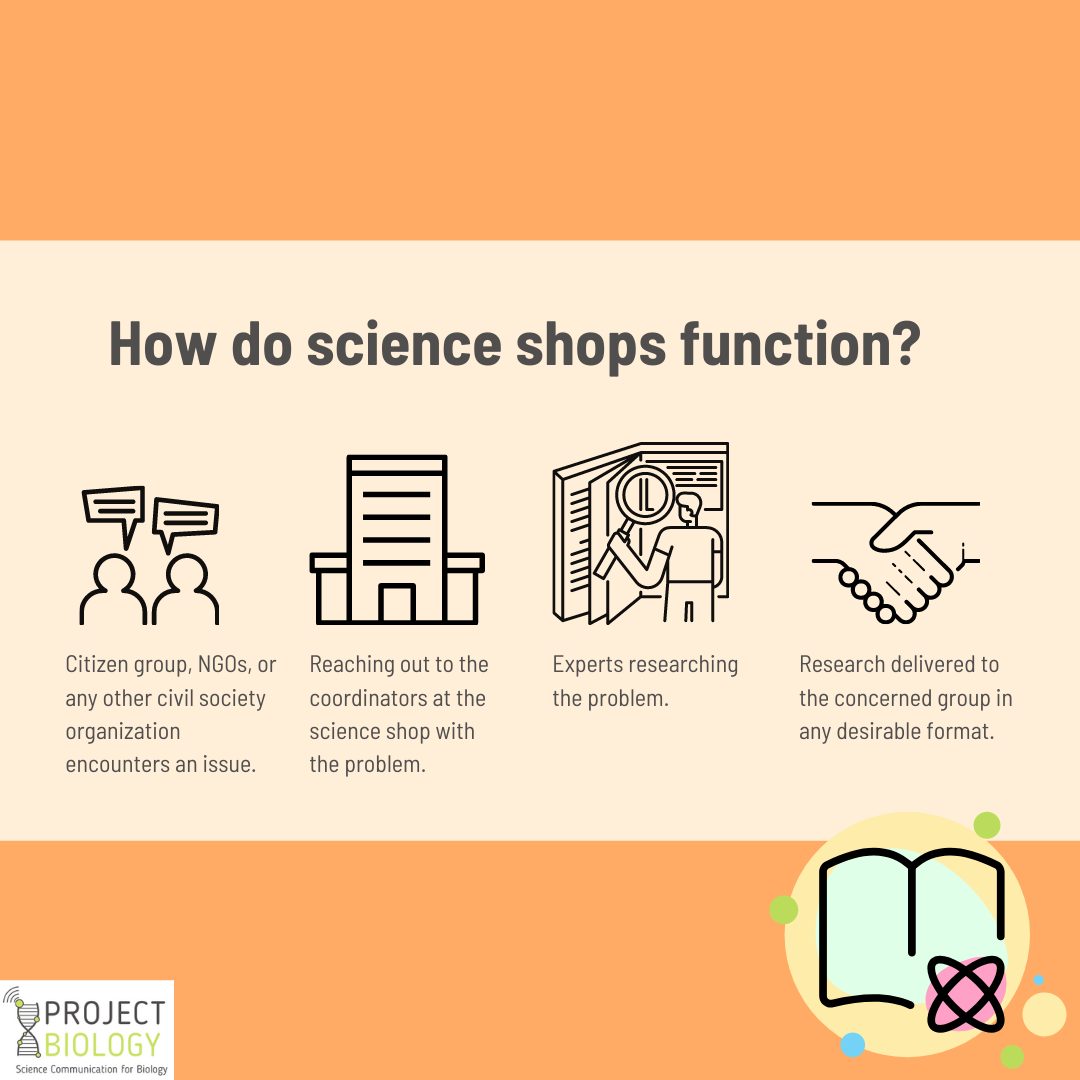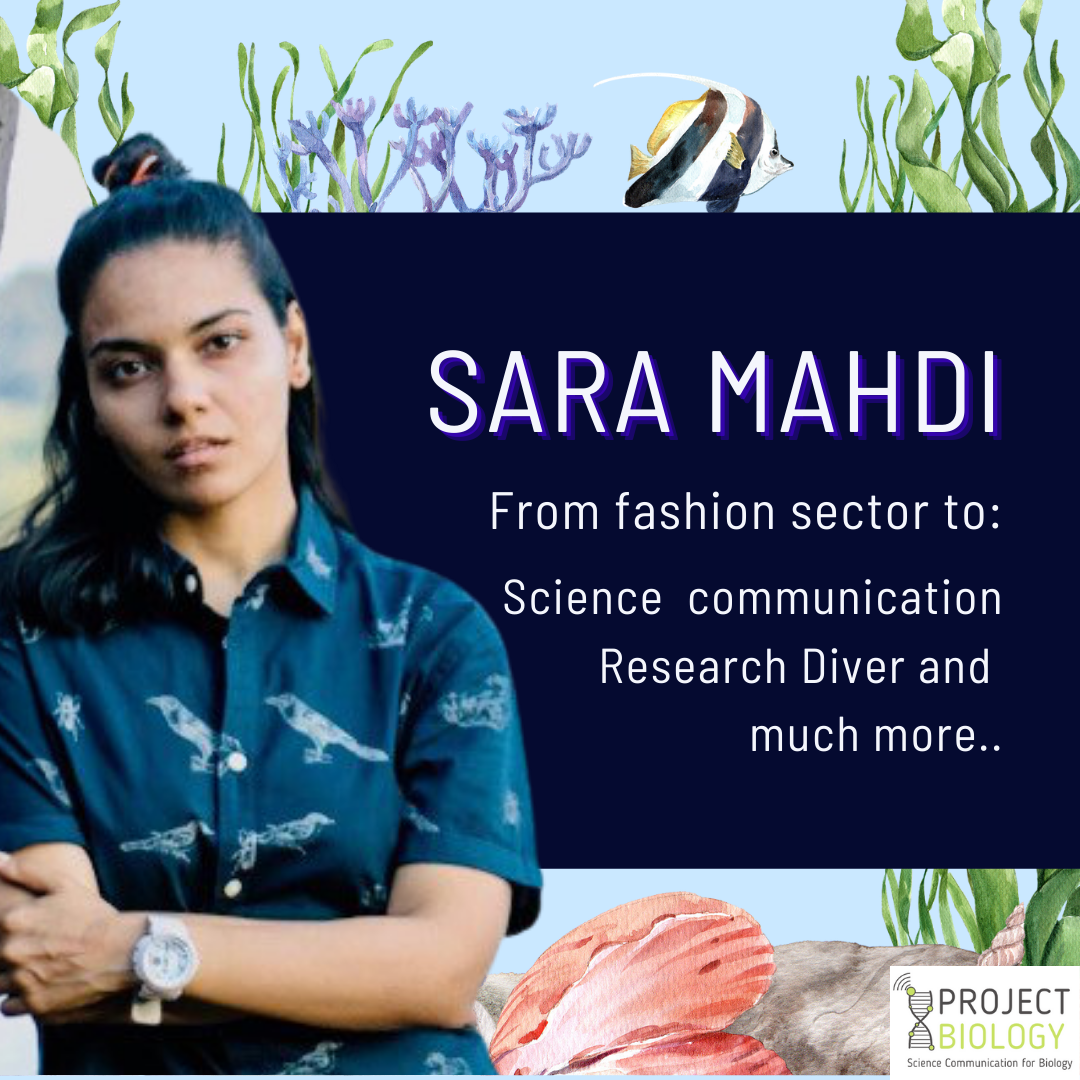A great researcher lived in a towering spire of science,
beaming proudly over the city of common folk’s alliance.
In the spire, the researcher toiled for long hours,
Finding solutions to a great many issues of sour.
After many days of work, beaming with pride,
the researcher came out of the spire, wide-eyed.
Alas. nobody knew them or what they did.
Aghast. They returned to the tower sordid.
What happened to the researcher in the rhyme? Where they went wrong? What is this problem? What can be done to solve it?
We talked to a communication expert, Mahinn Ali Khan, Head of Communications, Bangalore Life Science Cluster (BLiSC) – NCBS, inStem, and C-CAMP, to answer these questions. With over 20 years of experience and specialization in experiential communication and engagement strategies across science and industry, Mahinn leads a team that designs and implements solutions to meet communication needs and exercises public outreach initiatives.
The block and how to overcome it
So, we asked Mahinn that despite growing communication and public outreach initiatives, does science have a marketing problem? While validating the fact, she said that science does have a marketing problem. She highlighted that doing science is not the only point where science stops, and scientists need to take the science to the public. But do we transfer all the responsibility to the scientist? Exemplifying the sophisticated working of the communications machinery at BLiSC, she added that to support scientists in their communication ventures, the science communication office with its expert team assumes a vital role.
For example, as soon as a research paper publishes, the communications office is quick to prepare a popular science article ready to be published on platforms like EurkeAlerts! and involve scientists at every stage of communication. They go ahead and also make short videos, infographics, and other crucial materials. But if a scientist does not necessarily show the same enthusiasm, then communication officers take a step further and explain the importance of communication to the scientist, inspiring them to participate more. Thus, unlike the researcher living in the spire, real-life researchers and scientists can benefit by coordinating and working with professional communicators’.
Importance of formulating the right messages
Scientists exhibit immaculate focus on details. Thus, we asked whether a focus on elements such as words and action in science communication also remains equally essential? Mahinn emphasized the need to pay particular importance to messaging, use words cautiously, avoid complex terminology and scientific jargon, and even pay attention to grammar. Avoid communicating messages that roots hypotheses, theories, or scientific speculations as absolute messages. In scenarios when messaging needs to change, such as in COVID-19, where scientific progress continues to yield evidence, maintaining homogeneity and coherence is essential. Additionally, promoting and developing an appreciation in the society about science being an ongoing process also remains crucial. By doing so, the communicators help the public absorb and comprehend the doubts over evolving science.
Besides paying attention to words, putting messages in context also remains crucial. During the critical conditions of COVID-19, research facilities at NCBS and DBT-inStem were converted to testing facilities. Here the team designed and implemented messages that communicated both with the scientific peers and the common public. Here the importance of framing the messages and cautiously putting out messages was taken care of. Another critical aspect is to produce engaging, comprehensive, and accurate messages.
Maintaining an ongoing conversation with the public
While putting out the right messages is essential, taking them to the audience correctly is equally important. How does BLiSC do it? Mahinn informed that social media platforms are integrated deep in the Cluster’s communication network, wherein unique differentiation between the reader’s preferences is observed. Twitter allows excellent traction as a microblogging platform where news goes around rapidly. LinkedIn and Facebook attract readers more interested in long-form articles, while Instagram allows playing with visuals. Another vital aspect of the Cluster’s communique is attention to rural/ non-urban audiences, where an ongoing conversation is maintained with the colleges and institutions in rural areas. Focusing on the educational institutions allows the Cluster to take the messages down to regional languages. Here maintaining an ongoing conversation to maintain relationships becomes of utmost importance.
Impact assessment: present and way forward
Towards the end, we talked about an issue that eludes most in science communication, which is impact assessment. Mahinn helped us understand that there is still no exact way to assess the impact post communication activities. Here is the difference between actual marketing for services and products and marketing science. While marketing science, we put out exciting and engaging stories and news that we want audiences to read and know about. Hence, using analytics to assess impact directly does not fit the cause. But yes, monitoring the followership and readership helps gauge audience response. Yet, she hopes that someday we do acquire better tools of monitoring sci comm outcomes and impact, but currently, it is growing, and we are onto readership and engagement with content.
Finally, Mahinn pointed out that science communication in India is still in its infancy and more established globally about the future of science communication. But the pace of development of scicomm is good, and we can do well. The most important thing is to produce engaging content as there is an ongoing fight for space and attention on the internet with vast amounts of content being produced and published continually. She hopes that scientific content becomes so engaging that people can give it a few minutes of their everyday life and learn more.



